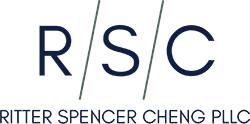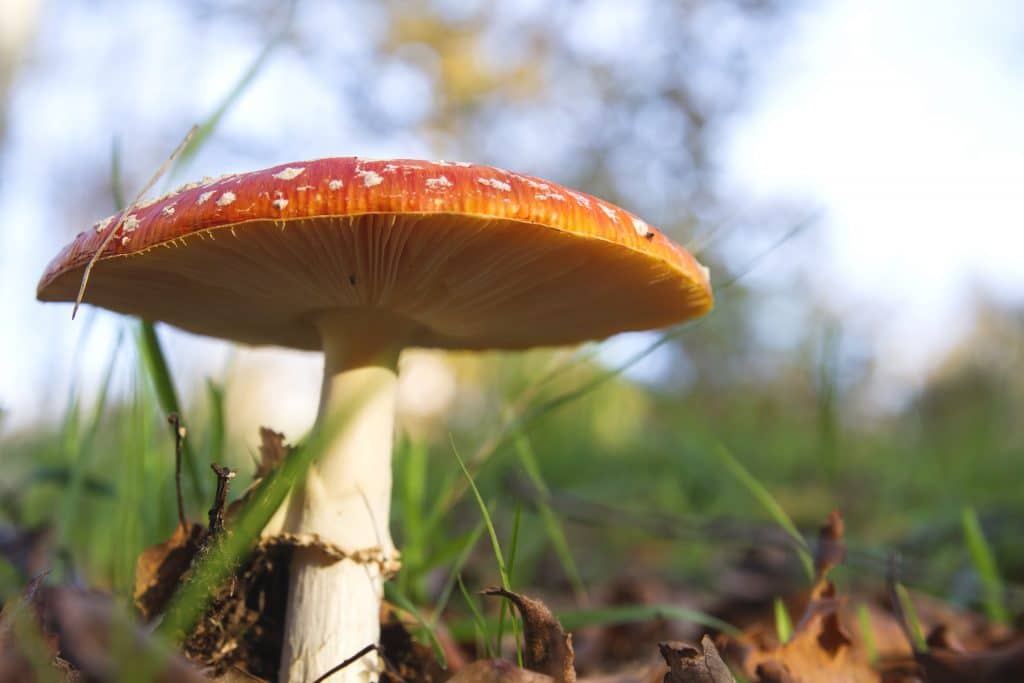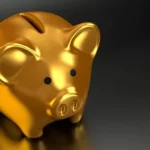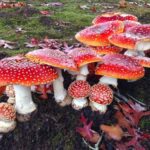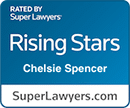As the emergent alternative substances industry continues to grow throughout the United States, many consumers are turning toward the hallucinogenic effects of psychedelics. Like cannabis, these substances have psychoactive effects that can be used for medical and recreational purposes.
Given the increasing demand for psychedelics, the industry is seeing an influx of financial opportunities, scientific studies, and legislative changes. Read below to learn about the top emerging psychedelics in the industry.
Psilocybin
Psilocybin is a hallucinogenic compound sourced from specific varieties of mushrooms. You may have heard them referred to by the common trope “shrooms” or “magic mushrooms.” Found in tropical and subtropical regions of South America, Mexico, and the United States, psilocybin-containing mushrooms can be consumed fresh, dried, raw, or even brewed into tea or other edible goods.
The Controlled Substances Act classifies psilocybin as a Schedule I substance, meaning it is illegal to distribute or possess in the United States. However, some states, like Oregon and Colorado, have partially or entirely decriminalized psilocybin for medicinal purposes, particularly for therapeutic depression treatment. It is important to note that decriminalization is not legalization. In fact, a store in Oregon that was openly selling psilocybin products was recently raided.
Mescaline
Mescaline is a naturally occurring psychedelic found in specific cacti species. Composed of the peyote cactus, the San Pedro cactus, and the Peruvian Torch cactus, these small, spineless cacti are native to the southwest United States, Mexico, and South America. When consumed, mescaline cacti are often dried and ground into powder form or extracted into a bitter liquid.
Native Americans have long used mescaline for religious ceremonies and injury treatments. Therefore, despite its classification as a Schedule I substance, mescaline is protected under the American Indian Religious Freedom Act. Because it is viewed as a sacrament in the Native American Church of North America, mescaline can be legally used for religious purposes by church members.
Dimethyltryptamine (“DMT”)
Dimethyltryptamine, or DMT, is a hallucinogenic compound that occurs in numerous plant species. You may have heard of it through one of its common methods of consumption, ayahuasca tea. This infused brew is made from DMT-inclusive plants and vines containing natural alkaloids that alter the digestive breakdown of DMT. Traditionally used for healing and religious purposes, ayahuasca tea has long been a staple of indigenous South American cultures. DMT can also be synthetically produced as a white or yellow crystalline powder.
The ingestion of DMT can alter the lifespan of its side effects. Ayahuasca tea or DMT injection will have shorter effects than smoking DMT powder. As a result, DMT is often not discovered on drug screenings, as it can rapidly flush through the body and no longer be detectable. DMT is classified as a Schedule I substance. Possession or distribution is prohibited in the United States.
Ololuiqui
Ololuiqui is a naturally occurring hallucinogen sourced from the seeds of the morning glory flower. Grown in Central and South America, morning glory flower seeds contain a psychoactive compound called D-lysergic acid amide, or LSA, which presents effects similar to acid, or LSD.
Like Mescaline, Ololuiqui has traditionally been used in religious rituals for indigenous groups. However, ololuiqui’s legal status differs. The possession of morning glory flowers and their sister species is permitted in the United States. However, the extraction of LSA from the plants is illegal, as well as distribution or consumption.
Lysergic Acid Diethylamide (“LSD”)
Lysergic Acid Diethylamide, commonly called acid or LSD, is one of the most well-known psychedelics. Developed from ergot, a type of mold sourced from rye grain, this chemically synthesized hallucinogen is initially produced in crystalline form and then often distributed as tablets.
LSD has experienced waves of popularity over time, as it is known for its potent perception-altering effects. The drug was prevalent in the 1960s but soon declined after users reported dangerous psychotic reactions. Today, LSD is considered a Schedule I controlled substance and is heavily regulated by the United States Drug Enforcement Administration.
The psychedelic industry is facing many of the initial hurdles that state-sanctioned cannabis regimes faced. By partnering with psychedelic attorneys like Chelse Spencer, clients gain the counsel necessary to advance in alternative substance markets. Contact Ritter Spencer Cheng or give us a call at 214.295.5070 for more information.
